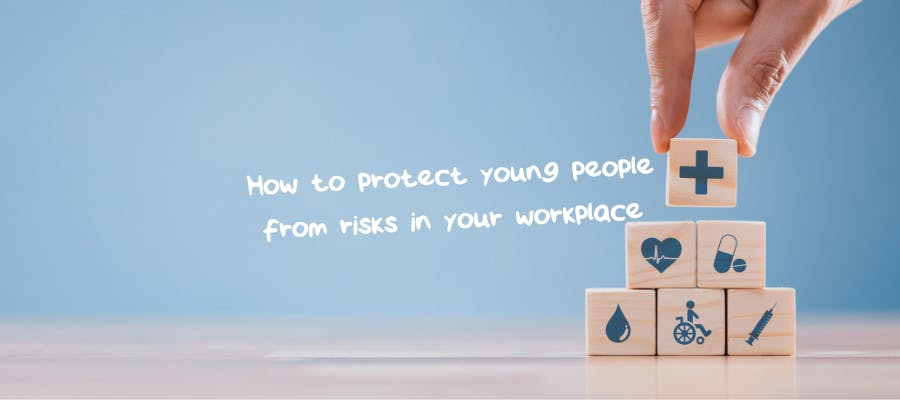First published on Tuesday, October 20, 2020
Last updated on Thursday, April 29, 2021
The coronavirus pandemic and lockdown meant many businesses had to embrace working from home (WFH) for the first time this year.
And when lockdown was first announced in March, there was little time to prepare for the transition from office to home, so it’s understandable that employers had to focus on getting staff sorted from an IT perspective back then…
Fast forward six months, and while restrictions had eased, the government has just moved the country to the highest level of coronavirus restrictions in a bid to combat the rise in cases. This means that if your people can work from home, they must do so—and all employers have a legal duty to protect the health & safety of their people, even when staff are not in the office.
The best way to do this is to carry out a risk assessment. Of course, you can’t personally check employees’ houses, so a WFH risk assessment requires you and your employees to work together to make sure they’re safe while they do their jobs.
Four main risks to consider:
1. Workstation
A desk or table is a must, whether that’s an ‘official’ home office or the kitchen table. Staff shouldn’t work from places like an armchair, sofa or bed—the viewing angle of a laptop would be incorrect, their wrist on the mouse would be unsupported, and there’s an increased risk of eye strain.
2. Display screen
A display screen assessment covers such things as making sure your back and neck are supported, you’re not overreaching for the keyboard, and that the contrast, brightness and colour are correctly set on your screen. The room you’re working in needs to be light enough and well ventilated, too.
3. Vulnerable workers
You need to pay special attention to the needs of any vulnerable staff, such as older workers, pregnant workers, and workers with underlying medical conditions. Employees who live alone might also need further help minimising lone worker risks.
4. Working time
Under the Organisation of Working Time Act 1997, employers must not permit staff to work outside of their daily and weekly contracted hours. The legislation is a little outdated, as lots of jobs are now more flexible with working hours, but you do need to make sure staff are taking their statutory breaks.
Use BrightSafe
BrightSafe is our new and exclusive online health & safety software that makes carrying out WFH risk assessments simple and straightforward.
It includes full guidance, so you can show staff exactly what they need to do to be safe when working from home. And you can check tasks off against our handy checklist and store all your risk assessment documents securely with our unlimited storage.
You also get access to a suite of CPD-accredited e-learning courses, so you can share these with your staff to make sure they’re up to date with all the latest working from home guidance.
Want to know more about how BrightSafe helps you keep staff safe while working from home? Call one of our friendly team today on 1800 279 841.






